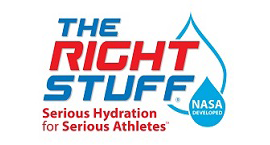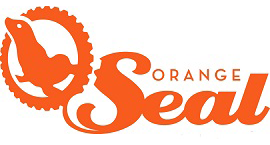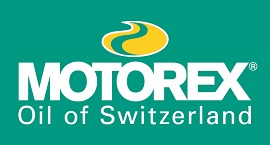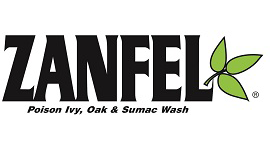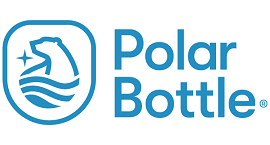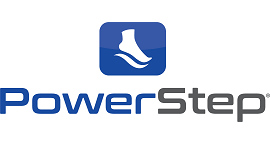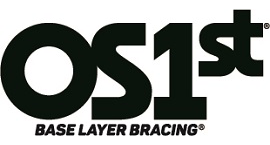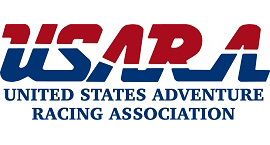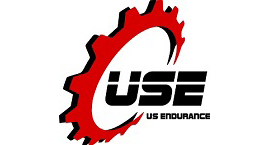Adventure racing is an amazing sport that is truly all about the journey. There are adventure races for everyone from sprint races that last a few hours to expedition races which can last several days. It does not matter which length of race you choose; all adventure races have exploration at their core. Exploration of the environment where you are racing, exploration of your inner fortitude and exploration of your team's ability to adapt and overcome whatever is thrown your way – relishing the experience together.
In adventure racing your team will travel together while competing in the core disciplines of mountain biking, trail running, trekking and paddling through the course. Longer events will have navigation where you use a map and compass to navigate to check points on the course. Other disciplines such as ropes and team challenges can also be part of the adventure. There is no set order or set disciplines and often teams will not know the next discipline until they get to it on the course. One of the best things about adventure racing is that every course is different with different distances and different challenges making adaptation and teamwork an essential skill for success.
The adventure racing community is truly one big extended family. You will find experienced adventure racers encouraging beginners on the course and giving helpful advice to beginners to ensure their success. Racers often become good friends with the other racers in their area as the camaraderie in adventure racing is unmatched.
So, what are you waiting for? Go find a teammate and come experience one of the greatest adventures around by competing in an adventure race!

